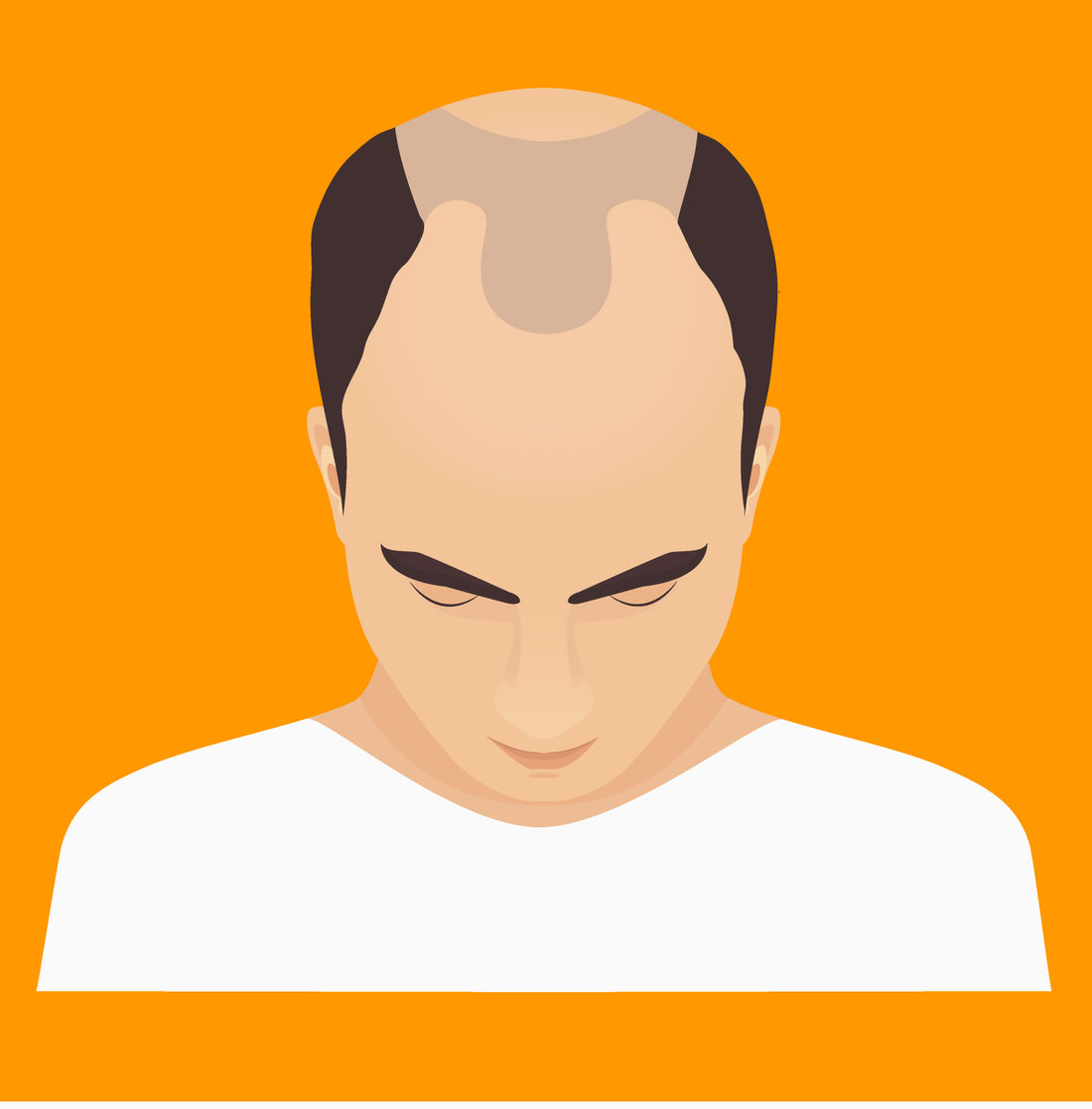
Is a Hair Transplant Permanent? Everything You Need to Know About Longevity and Maintenance
Share
Is a Hair Transplant Permanent? Everything You Need to Know About Longevity and Maintenance
If you’re considering a hair transplant or have recently undergone one, you’re probably wondering, Is a hair transplant permanent? Hair transplants are one of the most effective ways to restore natural hair growth and achieve long-lasting results. In this blog, we’ll explore how permanent hair transplants really are, what impacts their longevity, and essential tips for maintaining your new look.
How Does a Hair Transplant Work?
A hair transplant is a cosmetic surgery procedure that relocates healthy hair follicles from areas of the scalp that are naturally resistant to balding—usually the back or sides of the head—to areas affected by hair loss, like the crown or hairline. This procedure creates a fuller, more natural look because the hair follicles in these donor areas are generally resistant to conditions like male or female pattern baldness.
There are two main types of hair transplant techniques: Follicular Unit Extraction (FUE) and Follicular Unit Transplantation (FUT). Both methods can deliver effective, long-lasting results when performed by a skilled surgeon.
Are Hair Transplants Permanent?
Yes, hair transplants can be a permanent solution for hair loss, but several factors influence their longevity. Since transplanted hair is taken from areas that are genetically resistant to balding, these follicles usually continue to grow in their new location. However, it’s important to remember that a few factors can impact the lifespan of your transplant.
Factors Affecting the Longevity of Hair Transplant Results
-
Genetic Resistance of Donor Hair: The back and sides of the scalp, where donor hair is typically harvested, are less susceptible to DHT (dihydrotestosterone), the hormone responsible for male and female pattern baldness. This resistance means that transplanted hair is often much more durable than natural hair in the affected areas.
-
Age and Hair Loss Patterns: Individuals over 30 tend to be ideal candidates, as their hair loss patterns are more stable. Those who undergo transplants at a younger age may experience further hair loss in untreated areas, which could impact the overall look of their transplant over time.
-
Lifestyle: Your lifestyle can also play a role in the longevity of your hair transplant. Poor diet, smoking, high-stress levels, and lack of exercise can weaken both transplanted and natural hair, reducing the lifespan of your results.
-
Type of Hair Loss: Those with androgenetic alopecia (common hereditary baldness) tend to have the most predictable and stable results. Progressive forms of hair loss or autoimmune-related hair conditions can sometimes reduce the effectiveness of a transplant over time.
How Long Does a Hair Transplant Last?
A well-performed hair transplant can provide permanent, lifelong results, but it’s important to have realistic expectations. Transplanted hair will go through a shedding phase within the first few weeks post-procedure, which is completely normal. After this phase, new hair will start to grow in the treated areas, and visible results are usually noticeable within 6-12 months.
While transplanted hair is more resistant to falling out, it’s still subject to natural aging. This means that over many years, some gradual thinning might occur, just like with any other hair on your head. Additionally, hair loss in untreated areas may continue, which could create a visible contrast between the transplanted and natural hair if not managed.
Tips for Maintaining Your Transplanted Hair
Following these maintenance tips can help you protect and extend the life of your hair transplant:
-
Use Gentle Hair Products: Opt for sulfate-free shampoos and conditioners to minimize scalp irritation and promote healthy growth.
-
Limit Heat Styling: Overuse of hair dryers, flat irons, or curling tools can weaken hair, including transplanted follicles, and may lead to early thinning.
-
Healthy Diet and Hydration: Eating a balanced diet rich in vitamins and minerals like biotin, zinc, and vitamin E promotes hair strength. Proper hydration is equally essential for maintaining scalp health.
-
Follow Your Surgeon’s Aftercare Instructions: Proper post-surgery care ensures transplanted follicles heal correctly, reducing the risk of complications that could impact longevity.
-
Regular Scalp Care: Routine scalp cleansing, gentle massages, and moisturizing treatments improve blood flow to hair follicles, supporting both transplanted and natural hair growth.
Complementary Treatments for Better Hair Transplant Results
For those looking to maximize their hair transplant results, here are some treatments that may help maintain thickness and encourage ongoing growth:
-
Platelet-Rich Plasma (PRP) Therapy: PRP therapy involves injecting a concentration of your own platelets into the scalp to stimulate hair follicles and encourage healthy hair growth.
-
Low-Level Laser Therapy (LLLT): LLLT is a non-invasive laser treatment that increases blood flow and stimulates hair follicles, often resulting in stronger and thicker hair.
-
Medications: Topical or oral medications like minoxidil (Rogaine) and finasteride (Propecia) can help reduce further hair loss and support hair density in non-transplanted areas.
Long-Term Expectations for Hair Transplant Results
While hair transplants offer a durable and effective solution, it’s essential to set realistic expectations. Transplanted hair will age naturally, and individual results vary based on factors like lifestyle, health, and hair care practices. If further hair loss occurs in untreated areas, some individuals may consider a follow-up transplant or complementary treatments to maintain their appearance.
Regular check-ups with your hair restoration specialist can provide valuable insight into your progress and help you create a long-term plan to protect and enhance your hair transplant results.
Final Thoughts: Is a Hair Transplant Right for You?
A hair transplant can be a life-changing procedure, offering a permanent and natural-looking solution to hair loss. With proper aftercare, realistic expectations, and a commitment to scalp health, you can enjoy your new hair for many years. Whether you’re just beginning your journey or already enjoying the results of your transplant, remember that a little maintenance and lifestyle care can go a long way in preserving and enhancing your look.
Ready to learn more about hair transplants? Contact us today to schedule a consultation and discover how a hair transplant can restore your confidence and help you achieve a fuller, more youthful appearance.
